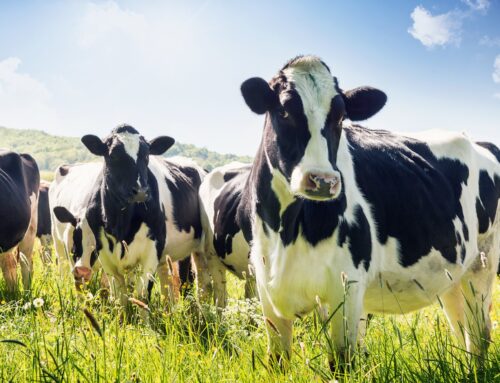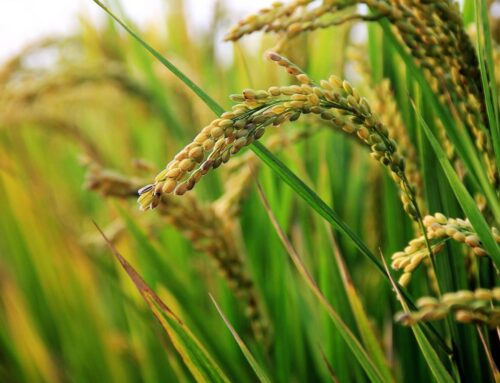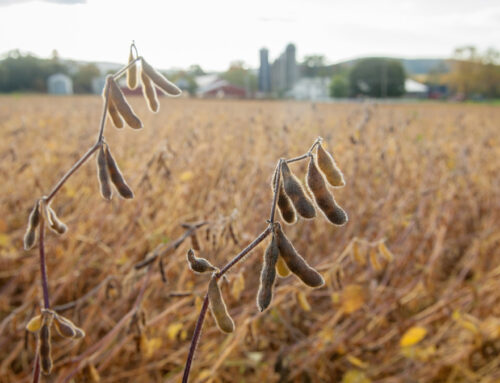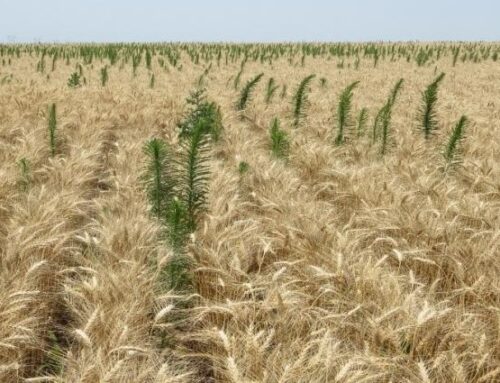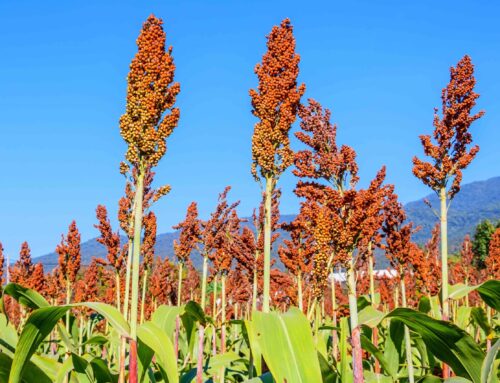
It’s no secret U.S. rice farmers are struggling, trying to maintain or increase yields while keeping production costs as low as possible until higher prices arrive at some point in the, hopefully, not-too-distant future.
That’s one reason why a new program that would provide growers with financial incentives to grow rice that could earn the designation of “carbon neutral” has begun attracting attention across the southern U.S. Rice Belt,
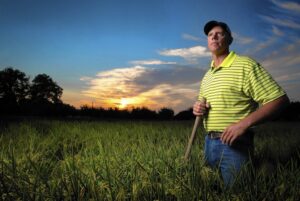 AgriCapture, a Nashville, Tenn.-based entity providing technology and data-driven solutions to climate change, is working with rice farmers on more than 20,000 acres spread across Arkansas, Mississippi, Missouri, and Texas to help them implement regenerative practices to produce Carbon-Neutral Rice.
AgriCapture, a Nashville, Tenn.-based entity providing technology and data-driven solutions to climate change, is working with rice farmers on more than 20,000 acres spread across Arkansas, Mississippi, Missouri, and Texas to help them implement regenerative practices to produce Carbon-Neutral Rice.
The program is expected to reduce greenhouse gas emissions by more than 100,000 tons annually, beginning in 2022. (Conventional rice farming practices worldwide emit 2.1 billion tons of carbon dioxide each year, according to McKinsey & Company’s “Agriculture and Climate Change” report. That’s the equivalent of burning 1 billion tons of coal.)
“We want to build consumer awareness of the difference between purchasing Carbon-Neutral Rice with zero GHG emissions and rice that contributes to climate change with a massive carbon footprint,” said Sami Osman, president of AgriCapture.
Carbon dioxide emissions result from burning rice stubble, which also releases methane and nitrous oxide emissions. Similarly, flooding rice fields for extended periods result in methanogenesis, releasing methane emissions.
Greenhouse gases
That’s where AgriCapture’s Carbon-Neutral Rice program comes into play – it builds on the existing AgriCapture Climate-Friendly Rice Standard which spells out different cultivation techniques that lower on-farm greenhouse gas emissions.
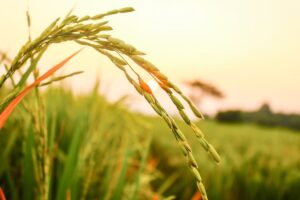 One of those is mulching rice straw instead of field burning. Others include more efficient nitrogen use, growing furrow-irrigated or row rice or using alternate wetting and drying or AWD techniques to reduce the flood duration in rice.
One of those is mulching rice straw instead of field burning. Others include more efficient nitrogen use, growing furrow-irrigated or row rice or using alternate wetting and drying or AWD techniques to reduce the flood duration in rice.
“It’s very exciting to see several major rice distributors and restaurant groups join us in supporting our farmers in this way,” said Sami Osman.
AgriCapture takes a full cradle-to-gate life cycle analysis approach to quantify net greenhouse gas emissions. The GHG emissions associated with farming inputs, on-farm activity, post-harvest production, and transportation are all quantified by AgriCapture to provide a realistic picture of what’s happening on the farm.
“Farmers are becoming increasingly aware of the environmental impacts of certain rice growing practices, and AgriCapture is providing financial incentives to do things differently,” said Galen Franz, a Texas rice farmer who is participating in the AgriCapture Climate-Friendly Standard actions this year.
Decomposing mulch
Under the standard, AgriCapture asks participants to use high-speed disks or stubble rollers to mulch rice straw into the ground instead of burning rice fields after harvest. Mulching allows the residue to fully decompose before the next season’s planting.
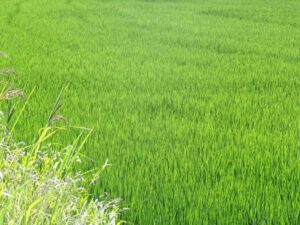
“By mulching rice stubble into the ground months before the next cultivation period as an alternative to stubble burning, rice farmers can abate as much as 3.6 metric tons of carbon dioxide or CO2e per acre,” the spokesperson said.
Farmers growing Climate-Friendly rice receive about a 20 percent premium on the crop grown following the AgriCapture Climate-Friendly Rice Standard. Farmers can also receive carbon credit payments if enrolled in AgriCapture’s carbon credit generation projects (click on https://agricapture.com/agricapture-lists-51691-acre-carbon-capture-project-with-climate-action-reserve/.
“It is a lot easier to do the right thing by the environment if we are financially incentivized,” said Missouri farmer Jarrett Lawfield. “The yields will be the same or more. It just takes more capital and effort. I am willing to do it.”
The acreage enrolled in the AgriCapture carbon-neutral program ranges from 80 acres to 3,000 acres on one of the farms in the four states. Participants agreed to mulch rice stubble in program fields last fall and are growing furrow-irrigated rice or rice with alternate wetting and drying techniques this season.
For more information about AgriCapture visit www.agricapture.com.
Read the original article – CLICK HERE
